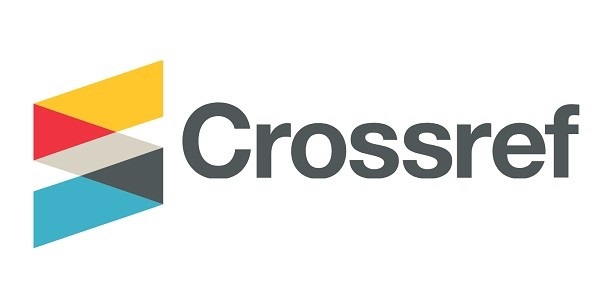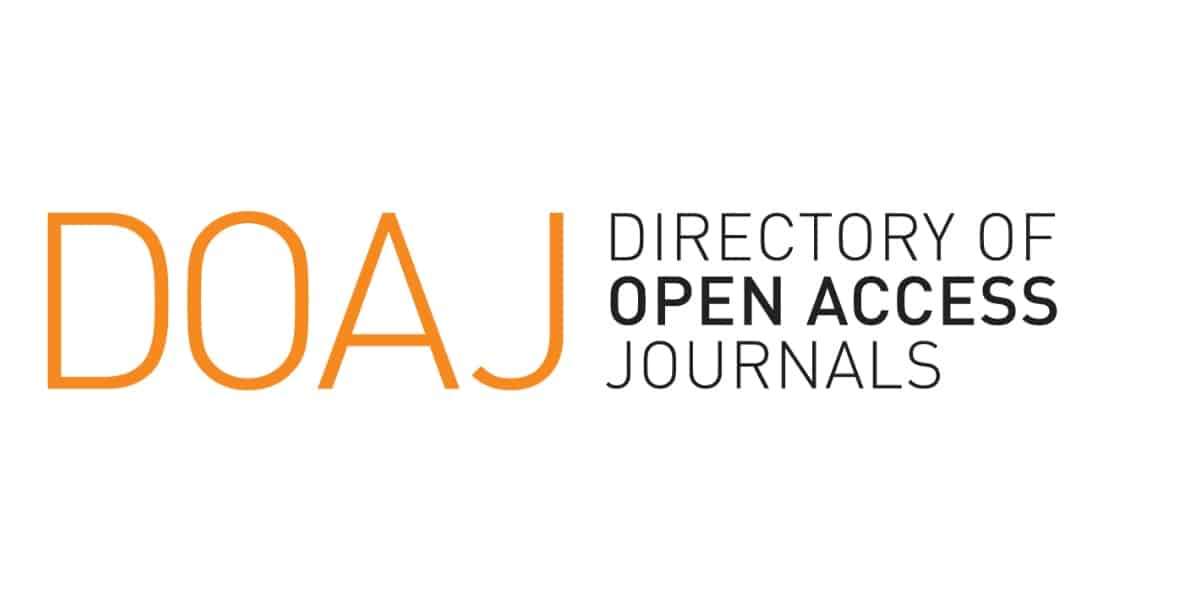NANOHIDROGEL TAPIOKA MENGGUNAKAN EPIKLOROHIDRIN SEBAGAI AGEN PENGIKAT SILANG
Abstract
Natural polymer-based nanohydrogel, like starches, promises superior properties such as more eco-friendly, and cheaper prices because their raw materials are available naturally in abundant quantities compared to synthetic polymers. To obtain synthetic approaching characteristics, natural polymers need to be modified to improve their mechanical stability. Research has been conducted to develop the hydrogel prepared from acid hydrolysed starch for 2 hours and 24 hours. The process of synthesising nanoparticles from hydrolyzed tapioca starch was done through the precipitation of ethanol. Synthesis of nanohydrogel was conducted by crosslinking methods using epichlorohydrin (Ech.) 5, 10, and 20%. Result showed that the particle size of tapioca nanohydrogel ranging from 14.97 – 492.7 nm. The most optimum treatment was nanohidrogel resulted from 2 hours hydrolyzed tapioca with 5% Ech. concentration, resulting swelling power, gel fraction, and texture of 357.02 %, 77,71 %, and 5.61 mJ, respectively. Nanohydrogel is promising material as carrier matrix for agrochemical as well as fertilizer.
Keywords : epichlorohydrin, nanohydrogel, tapioca
_page-00013.jpg)






